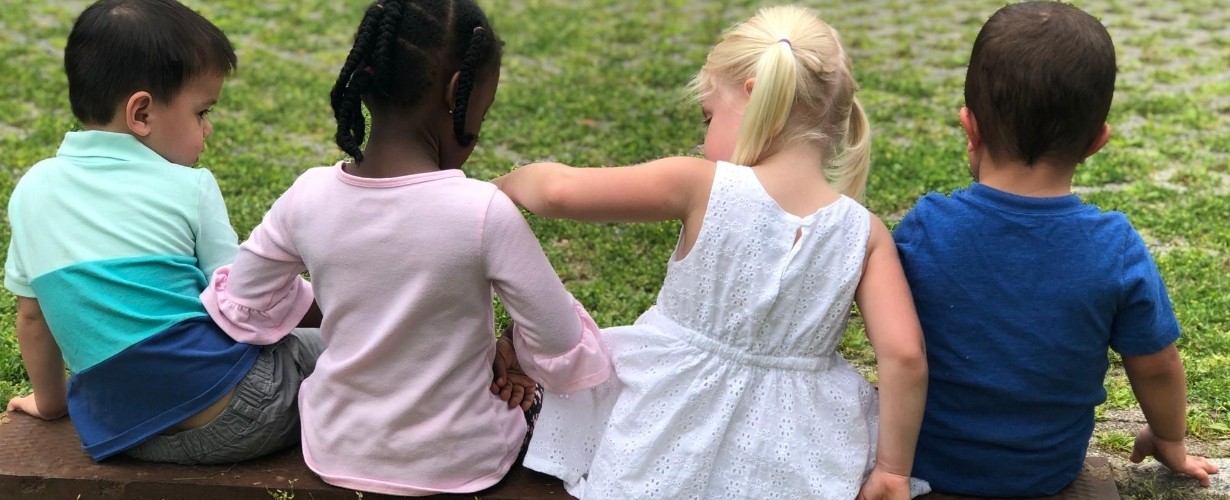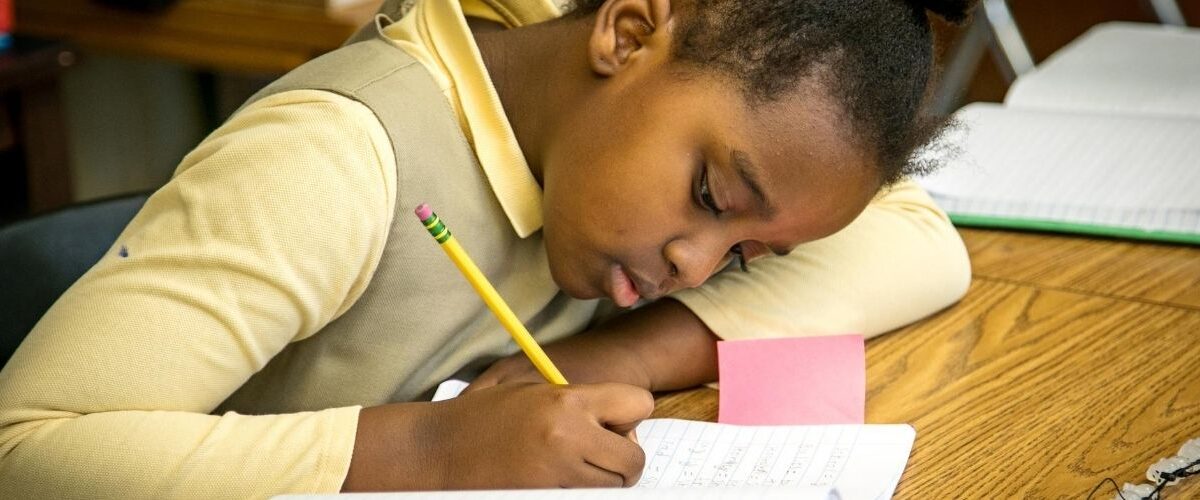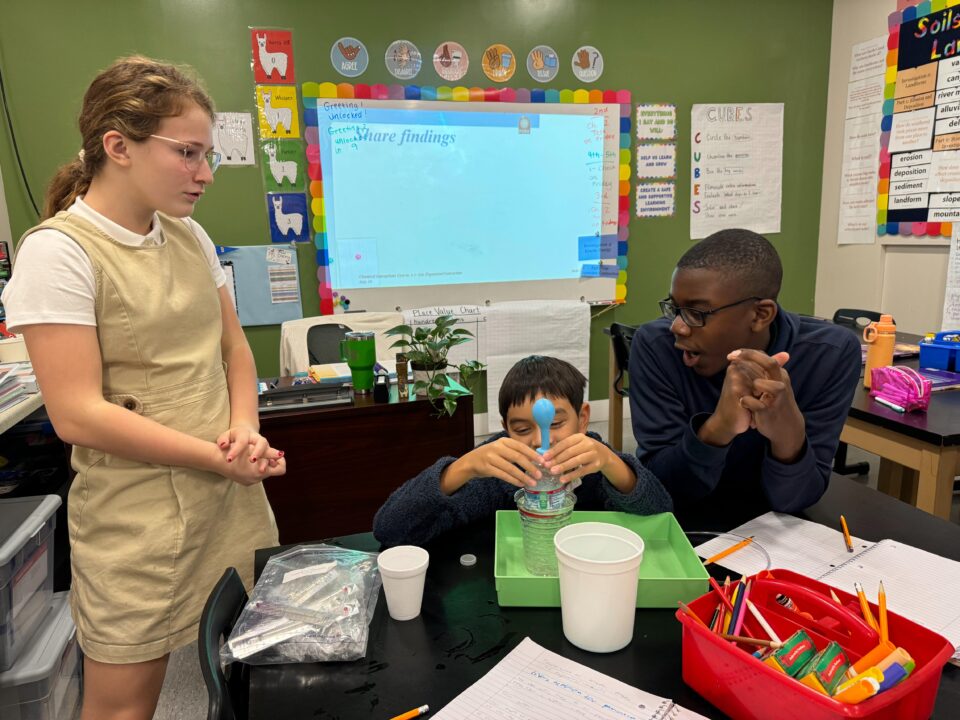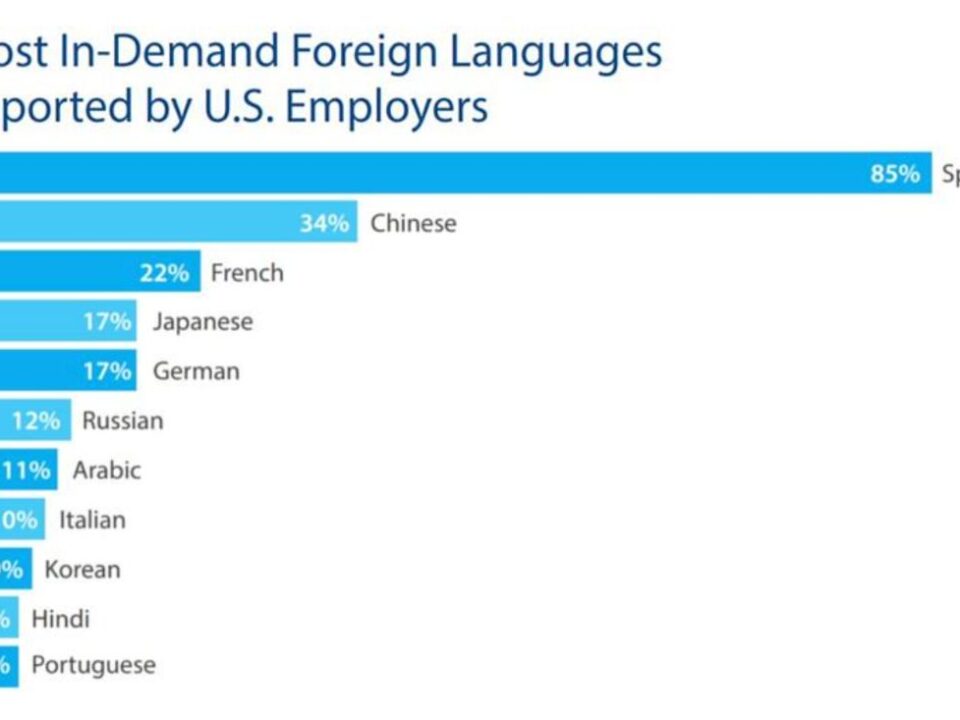
The Theory and Practice of Fostering Critical Thinking in a Language Immersion Environment
August 13, 2020
Bilingual Language Development During the Preschool Years: What Can I Expect From My 2, 3 or 4 Year-old in a Dual Immersion Preschool Environment?
August 17, 2020By Maria Campana, Head Spanish teacher grades 4-5
_______________
Having students engaged, learning core curriculum content, developing 21st century skills such as research abilities, and developing Spanish and English bilingual/biliterate skills and working together as a team are all objectives of the approach I use in the classroom.
This past spring after we moved to remote learning, we developed the project of putting together a virtual medical clinic. This became a multi-disciplinary project that brought together knowledge in math, science, language arts, social studies, architecture, physics, biography, theatre and PE. Specifically, for science and math, we explored issues in pulmonology and IT technology in creating a virtual clinic. We watched documentaries and interviewed professionals in the field. We explored the area of architecture as we had to decide what type of building to construct to build our virtual clinic. For the theatre aspect, we acted out parts with some of us taking on various roles in the clinic – the pulmonologist, the technician, the nutritionist. Having a meaningful project like this ensures that the use of Spanish language in listening, speaking, reading and writing is meaningful and thus enhanced. Students enjoy deepening their knowledge and learning new vocabulary to express their ideas.
Any project requires structure. First, we assessed the knowledge that we had collectively. I then developed a rubric for the project and students asked to add onto the rubric to make the project even more challenging. I am proud of how engaged students were in this learning, and when the look back at their work over the past 6-8 weeks, they can see tangible output of their learning which builds their confidence and motivates them to want to learn even more.
_______________
Having students engaged, learning core curriculum content, developing 21st century skills such as research abilities, and developing Spanish and English bilingual/biliterate skills and working together as a team are all objectives of the approach I use in the classroom.
This past spring after we moved to remote learning, we developed the project of putting together a virtual medical clinic. This became a multi-disciplinary project that brought together knowledge in math, science, language arts, social studies, architecture, physics, biography, theatre and PE. Specifically, for science and math, we explored issues in pulmonology and IT technology in creating a virtual clinic. We watched documentaries and interviewed professionals in the field. We explored the area of architecture as we had to decide what type of building to construct to build our virtual clinic. For the theatre aspect, we acted out parts with some of us taking on various roles in the clinic – the pulmonologist, the technician, the nutritionist. Having a meaningful project like this ensures that the use of Spanish language in listening, speaking, reading and writing is meaningful and thus enhanced. Students enjoy deepening their knowledge and learning new vocabulary to express their ideas.
Any project requires structure. First, we assessed the knowledge that we had collectively. I then developed a rubric for the project and students asked to add onto the rubric to make the project even more challenging. I am proud of how engaged students were in this learning, and when the look back at their work over the past 6-8 weeks, they can see tangible output of their learning which builds their confidence and motivates them to want to learn even more.





